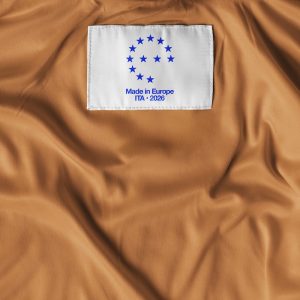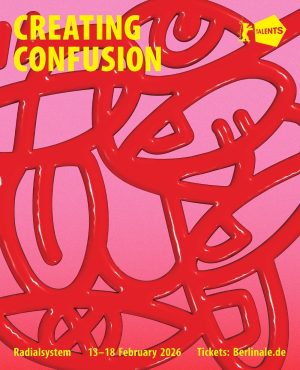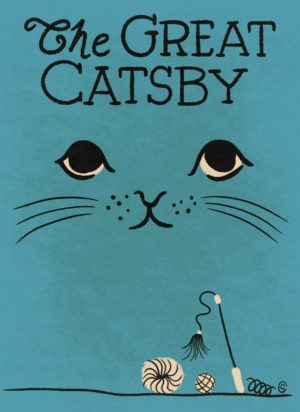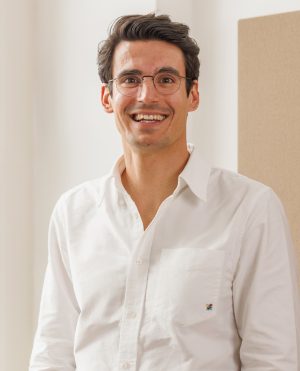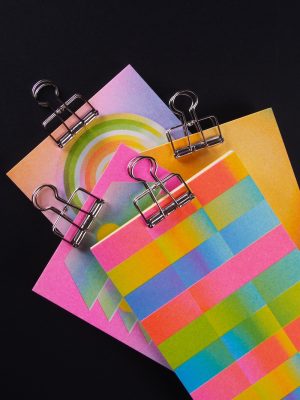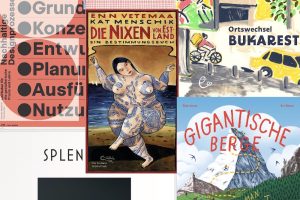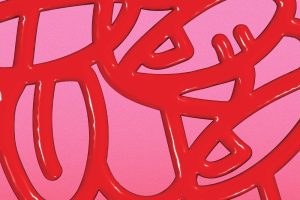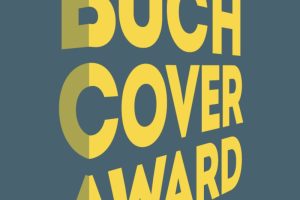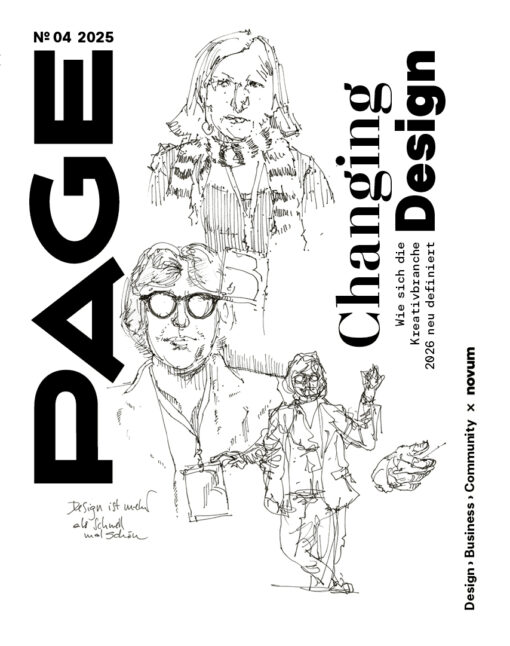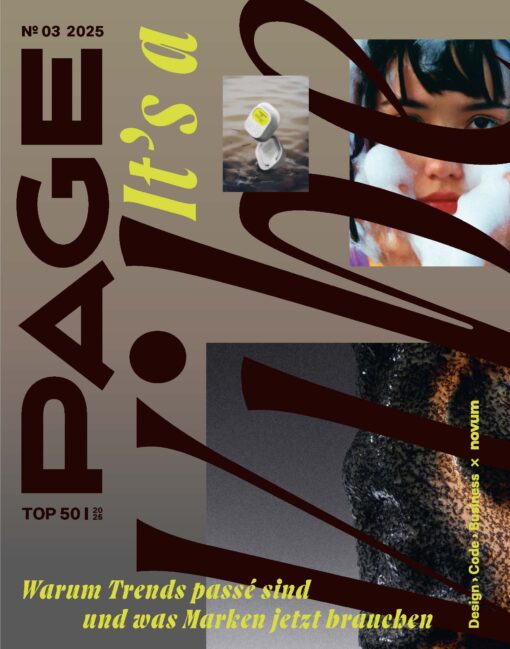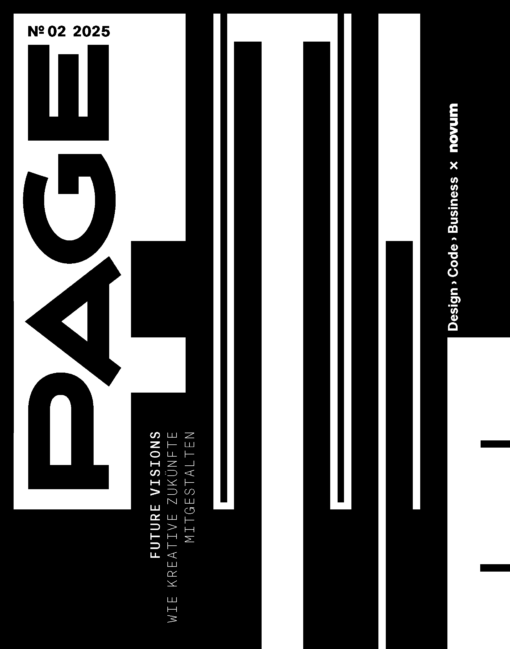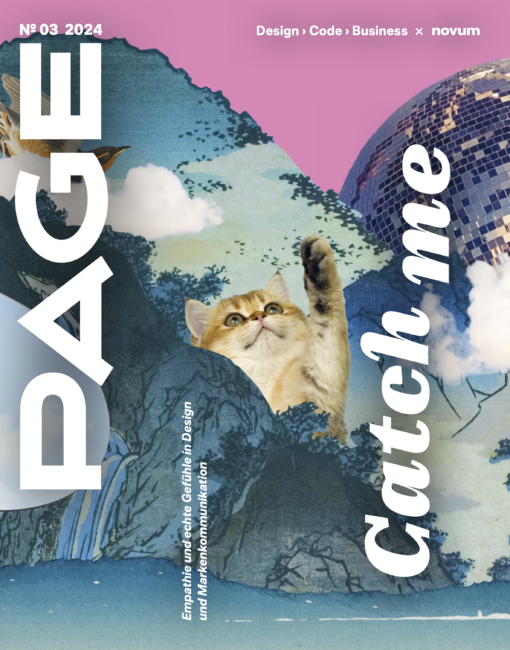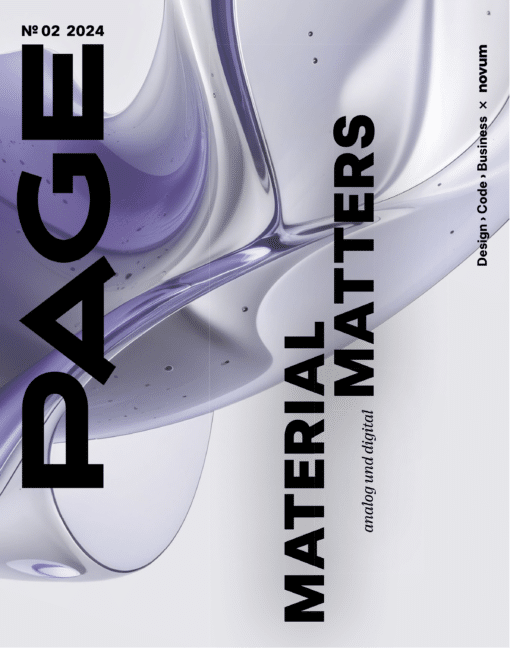
»I want to let other people see what’s inside my head«
Never content with the obvious and always looking for new skill sets: Indian graphic designer and 3D visual artist Khyati Trehan is not interested in a style of her own, but in the inexhaustible variety of design
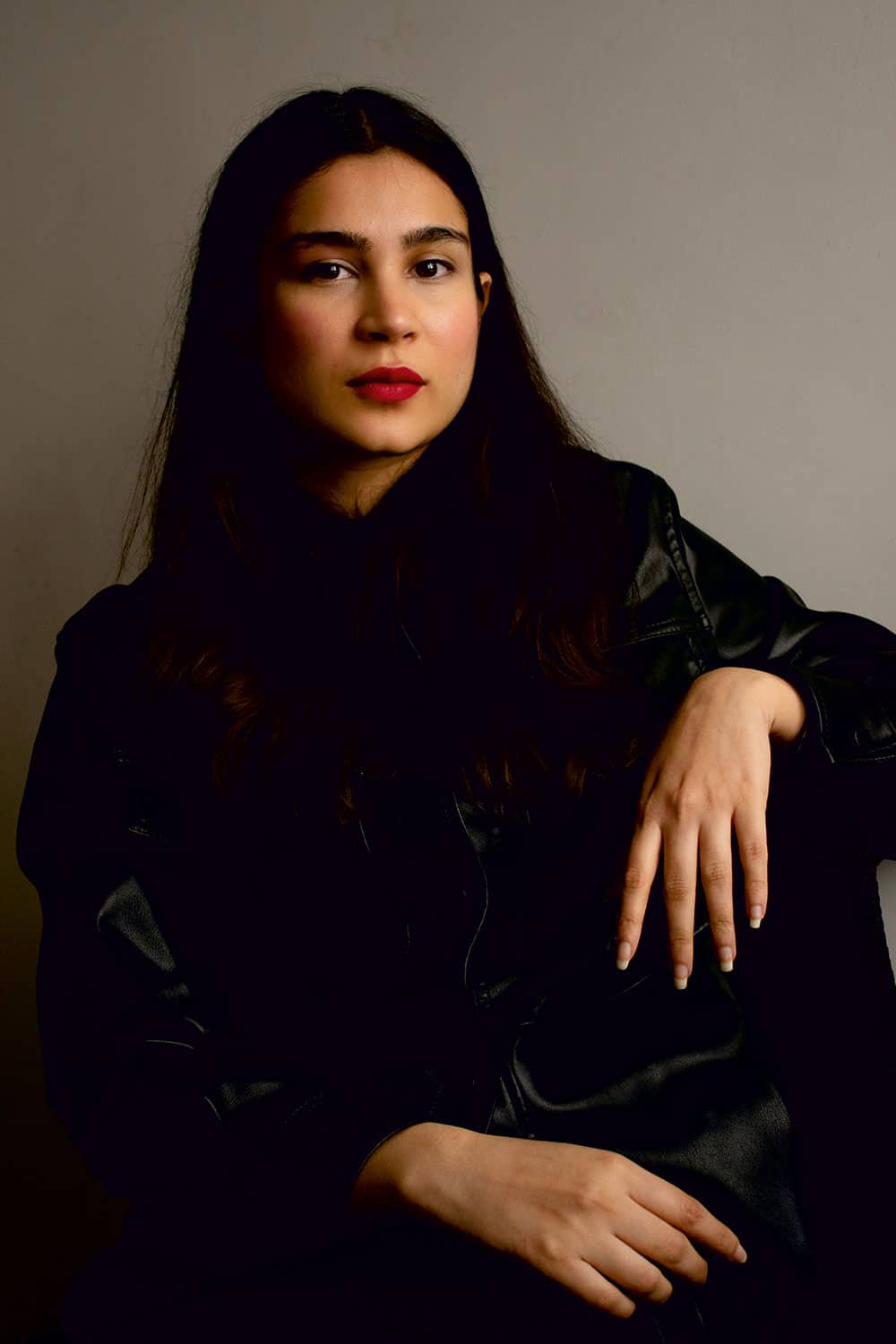 Bild: Kavya Trehan
Bild: Kavya Trehan
Khyati Trehan is only thirty years old and already has quite a few international design honors, as well as an equally extensive skill set, which she is expanding constantly. A style of her own? Does not interest her. She’d much rather draw from the massive variety that design has to offer and let herself drift. She dove into type design at an Indian foundry, into design thinking at IDEO in Munich and communication design in Berlin. She built augmented reality experiences for Snapchat, illustrates articles for The New York Times, and has just developed stunning visuals for her Digital Biology project for the Google Creative Lab. We talked to Khyati Trehan about her unsettled nature, language as a source of ideas, and the magic of 3D.
You just moved to New York. What brought you there?
Khyati Trehan: My husband. He used to live here and wanted to go back. And I thought, why not? A lot of people I’m working with are in New York anyway. I had planned to freelance, but then I got the offer to work at the Google Creative Lab on a contract.
Was it hard to leave New Delhi? You said the design scene there is growing constantly, but is still nicely small.
I was a little torn because I had really been enjoying myself there. After four and a half years in Germany, where I did communication design, I had forgotten that there is so much talent in New Delhi. So, it was a bit difficult to unroot myself again. But I’ve moved so often that even my mom doesn’t cry anymore when I leave the country (laughs).
- 3 Monate unbegrenzter Zugriff auf alle PAGE+ Inhalte
- PAGE-Update-Newsletter
- 3 x PAGE Impuls
- 1 PAGE Magazin frei Haus und digital als E-Paper
- Digitales Heftarchiv bis 2012
- Zusätzlich mehr als 100 eDossiers zu Spezialthemen
- Newsletter Daily und Weekly
Das könnte dich auch interessieren





